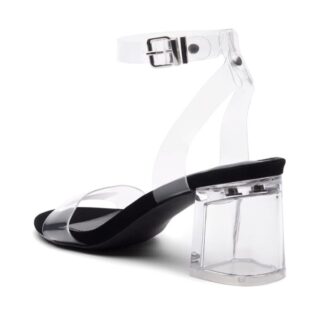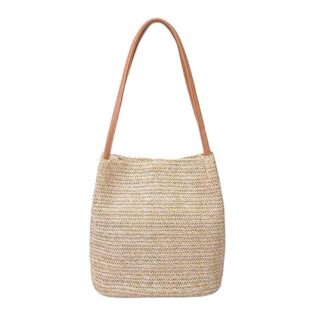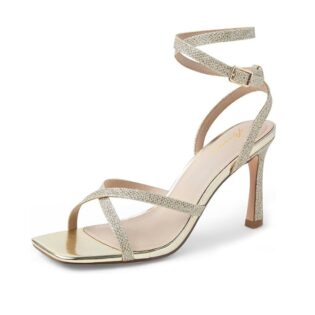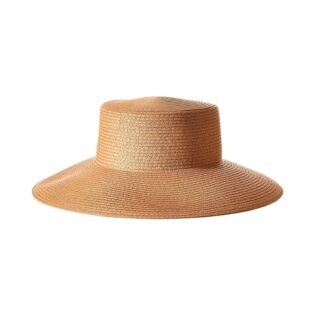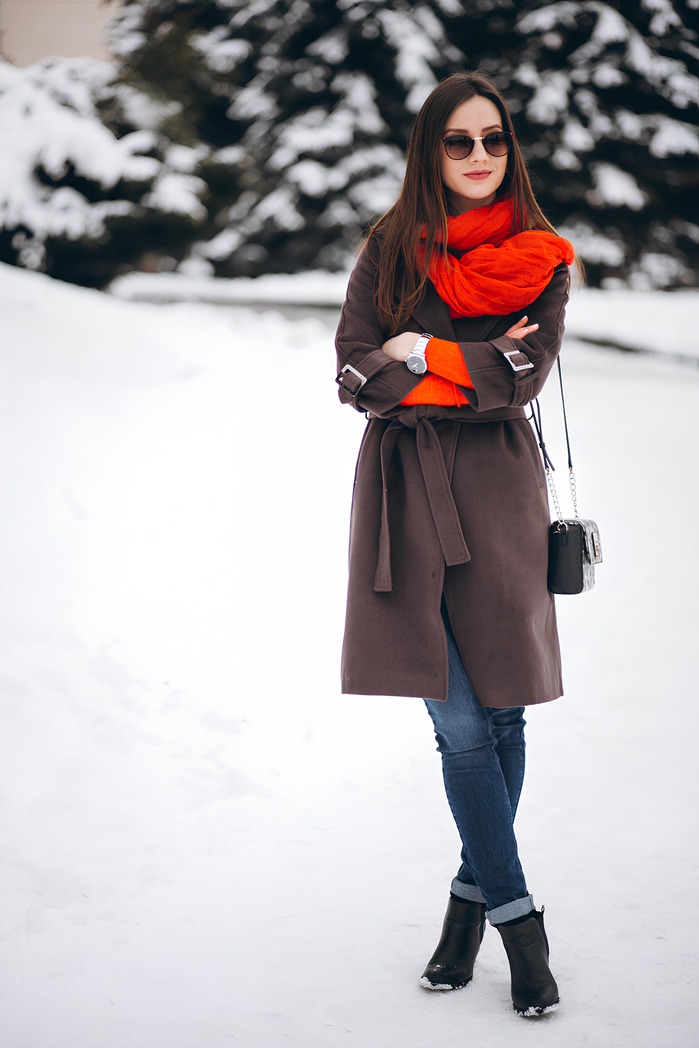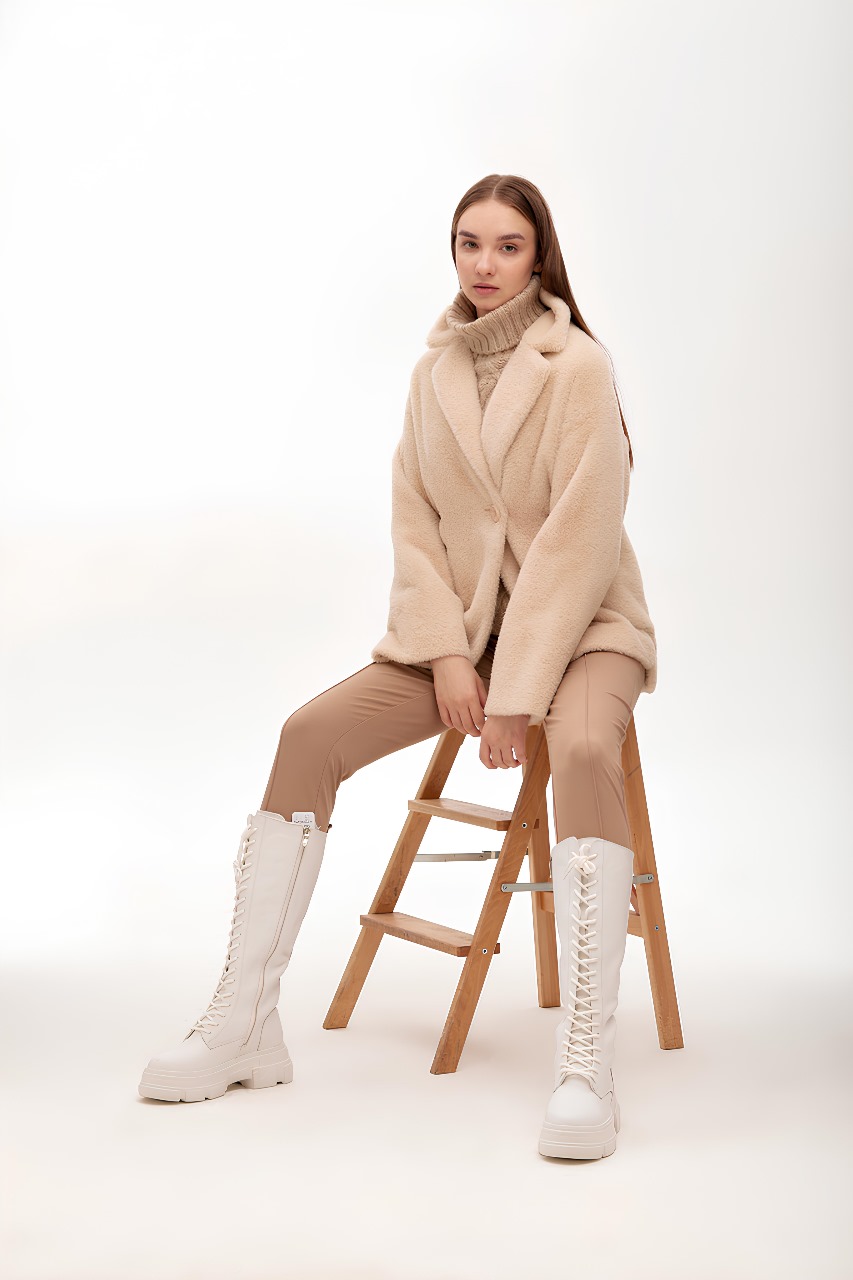
Brrr… can you feel that chill in the air? Winter is upon us! And with it comes the need to dress warmly. But how do you stay warm without sacrificing style?
The answer is layering! layering clothes for winter is a game-changer, keeping you cozy and comfortable while looking chic and fashionable. In this article, we will share some insider tips and tricks to help you master the art of layering clothes for cold weather and slay your winter-style game!
Stylish Techniques for Winter Clothing Layers
Start With a Base Layer
Your first layer is where you should start when layering clothes for cold weather. Your base layer should be made of moisture-wicking material, such as wool or synthetic fabric. This will help to keep sweat away from your skin, which can make you feel colder.
Start With a Base Layer
Your first layer is where you should start when layering clothes for cold weather. Your base layer should be made of moisture-wicking material, such as wool or synthetic fabric. This will help to keep sweat away from your skin, which can make you feel colder.
Choose a base layer that fits but isn’t too tight. This covering should be form-fitting, lightweight, and hug your body. Normally, you will only glimpse this layer at the neck when wearing collars or turtlenecks, on the sleeve or cuff, or at the hem.
You might wish to layer a set of thermals underneath for severely chilly conditions. The most effective materials are merino wool or silk; the fabric you select should depend on how many fashionable layers you intend to add afterward.
Add a Middle Layer
The fascinating part begins in the middle layer. This layer is where you’ll add warmth to your outfit. This layer should be made of a material that traps heat, such as down or fleece. This garment must still fit well and feel comfortable when worn on top of your base layer.
Depending on the temperature outside, you can choose a pullover, vest, jacket, crop top, sweater, open or knotted button-down shirt, blazers, and cardigan as your middle layer.
Why stop at one for the intermediate layer? If you think you are making progress, you could choose to add another mid-layer. That method, in my experience, works best when your two levels are constructed of different textures and materials and your intermediate layer isn’t visible from the front.
Finish With an Outer Layer
The ultimate barrier against the cold is the outer layer. The fabric used for this layer should be waterproof and windproof, such as Gore-Tex or a similar material.
This will be the most visible area and serve as the wrap that connects your other layers. Consider how to layer clothes for cold weather by comparing your outerwear to your other items. Pick a coat or jacket with a hood to protect your head from the elements and a length that reaches your hips.
1. Parka Jackets
It’s a long, insulated jacket with a hood that provides warmth and protection against wind and snow.
2. Trench Coats
A classic style that is lightweight and typically made of water-resistant materials, such as cotton or polyester, with a belt at the waist.
3. Puffer Jackets
A quilted jacket filled with down or synthetic fibers to provide warmth and insulation.
4. Wool Coats
A heavy and warm coat made from wool, typically with a longer length and double-breasted front closure.
5. Ski Jackets
A jacket designed specifically for skiing, with waterproof and breathable materials, insulation, and features such as a powder skirt and ski pass pocket.
6. Fleece Jackets
A lightweight jacket made from synthetic fleece material that provides warmth and insulation while breathable and quick-drying.
7. Raincoats
A lightweight, waterproof jacket that keeps you dry in rainy conditions.
8. Softshell Jackets
A flexible and lightweight water-resistant jacket that provides wind protection while allowing for breathability and mobility.
9. Peacoats
A classic style of coat made from heavy wool with a double-breasted front and broad lapels.
10. Quilted Jackets
Like puffer jackets, quilted jackets have a quilted exterior and insulation to provide warmth and comfort.
11. Down Jackets
A type of puffer jacket filled with down feathers for warmth and insulation.
12. Faux Fur Coats
A stylish and warm coat made from synthetic fur material, often used for fashion purposes rather than extreme weather protection.
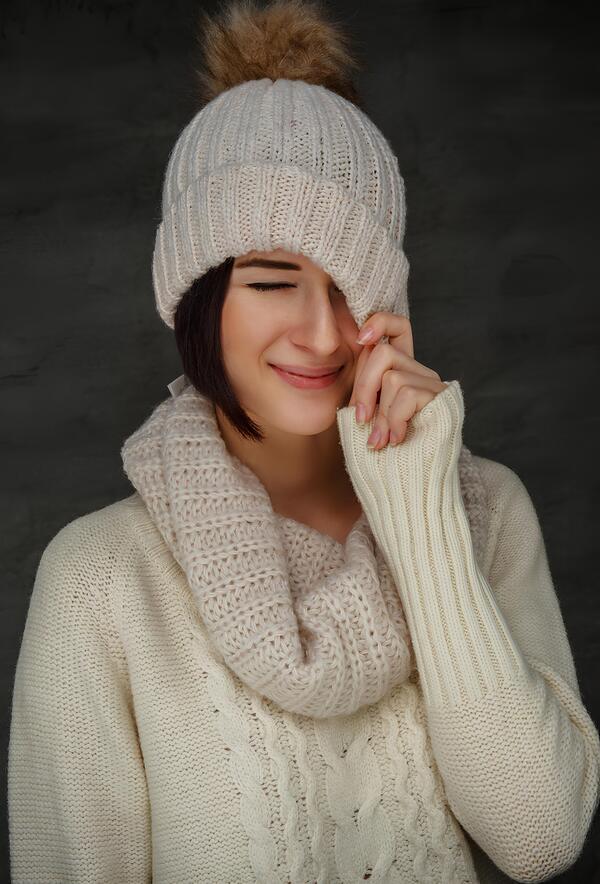
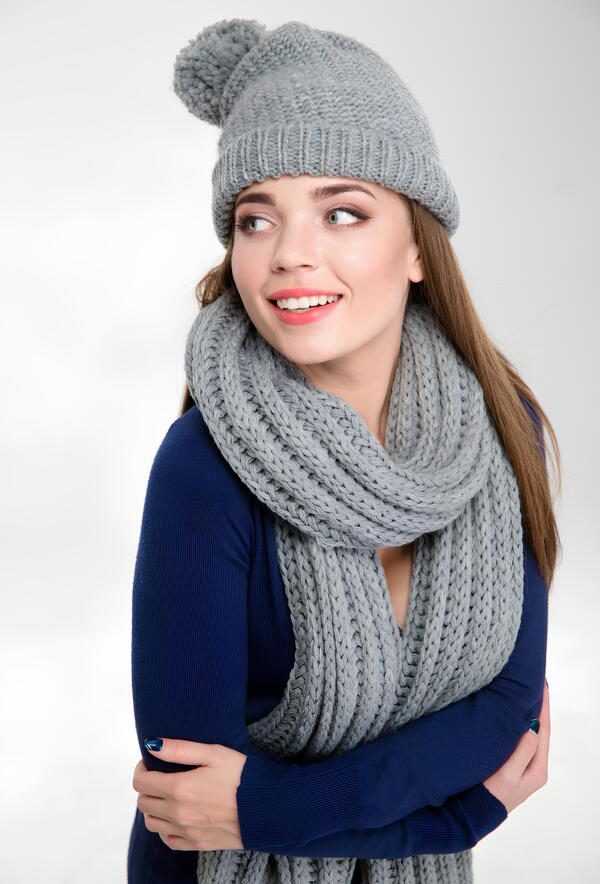
Little Add-Ons Have a Huge Impact
Experiment with different combinations: Layering is all about finding what works best for you. Don’t be afraid to experiment with base, middle, and outer layers combinations to find the perfect balance of warmth and comfort. You can also mix and match colors and patterns to create a unique winter look.
Accessories That Can Be Used for Winter Clothes Layering
1. Scarves
A warm and cozy scarf is the perfect accessory for any winter outfit. It keeps your neck warm and can be draped in different ways to create a stylish look.
2. Hats
A winter hat keeps your head warm and adds a pop of color or texture to your outfit
3. Socks
Layering socks is an easy way to add warmth to your feet. Wearing a pair of thin socks under your thicker ones can also help to keep your feet dry.
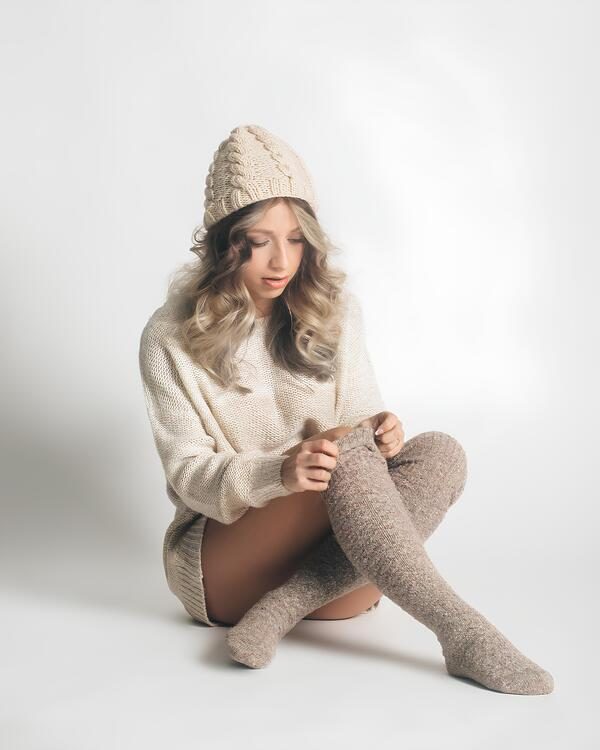
4. Leg Warmers
Leg warmers are a fun and stylish accessory for any winter outfit. They can be worn over leggings or jeans to keep your legs warm.
5. Boots
When layering with boots, it’s important to consider the height of the boot and how to layer clothes for cold weather. For example, if you’re wearing skinny jeans, ankle boots may be better than knee-high boots.
6. Earmuffs
Earmuffs are a great alternative to a winter hat if you don’t want to mess up your hair. They keep your ears warm and come in various styles and colors.
7. Gloves
Gloves are an important accessory for winter clothing layering. They keep your hands warm and add an extra layer of protection against the cold.
8. Shawls and Wraps
Shawls and wraps are adaptable pieces of clothing that can be worn over the shoulders to increase the level of warmth in an outfit. They can also be used as a stylish layering piece indoors.
Frequently Asked Questions
1. What materials should I use for winter clothing layering?
The best materials for winter clothing layering are breathable, moisture-wicking, and insulating. Wool, down, fleece, and synthetic fabrics are excellent options.
2. What is the recommended number of layers for winter clothing layering?
The number of layers you wear depends on the temperature, your level of activity, and your personal preference. Generally, it’s recommended to wear a base layer, an insulation layer, and an outer layer.
3. Can I wear a down jacket in the rain or snow?
Down jackets are not recommended for rainy or wet conditions, as they lose their insulating properties when wet. Look for jackets made from water-resistant material to protect against rain and snow.
4. How can I care for my winter clothing to make it last longer?
To make your winter clothing last longer, follow the instructions on the label, avoid softeners/bleach, store in a dry place, and wash when necessary.
Conclusion
Layering is about staying comfortable, so adjust your layers accordingly if you feel too warm or cold. Don’t be afraid to remove a layer if you start overheating or add an extra layer if you feel chilly.
Winter clothes layering is an important strategy for staying warm and comfortable during the colder months. When layering a dress for winter, choosing materials that are breathable, moisture-wicking, and insulating is important.
By layering winter clothes, you can trap heat and keep yourself warm while having the option to remove layers if you overheat. Accessories such as scarves, hats, gloves, and boots can be used to add an extra layer of warmth and style to your winter outfit.
Remember to choose layers that fit properly and allow for a full range of motion, and don’t be afraid to experiment with different textures, colors, and styles to create a functional and fashionable look.
instagram:
Error: No feed found.
Please go to the Instagram Feed settings page to create a feed.
